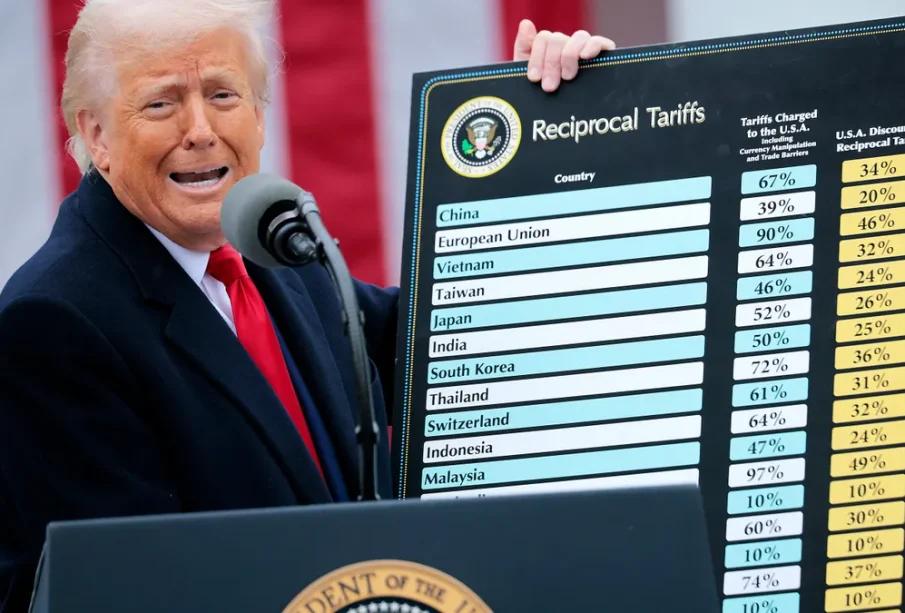Understanding Trump Tariffs and Their Economic Impact

Introduction
The topic of Trump tariffs has been a focal point in discussions regarding economic policy and international trade. These tariffs, implemented during the Trump administration, aimed to protect American industries but also sparked debates about their broader effects on the U.S. economy and global trade relationships. As tariff policies evolve, understanding their implications is crucial for consumers, businesses, and policymakers.
Background on Trump Tariffs
In 2018, former President Donald Trump announced tariffs on steel and aluminum imports, citing national security concerns. This initial move was followed by additional tariffs on a variety of goods, particularly from China. The intention was to enhance domestic production and reduce the trade deficit. According to the U.S. Trade Representative, tariffs on over $370 billion worth of Chinese products were implemented, affecting numerous sectors.
Economic Impact
Economists have debated the effectiveness of these tariffs. While proponents argue that they protect American jobs and promote local manufacturing, critics contend that they ultimately raise prices for consumers and strain international relations. A notable study conducted by the Federal Reserve found that tariffs contributed to increased costs for U.S. manufacturers and consumers, as the price of essential goods rose significantly.
Trade Relations
Trump tariffs have also led to escalating tensions between the United States and its trading partners. Countries including Canada and the European Union responded with retaliatory tariffs, affecting various American industries, including agriculture. For instance, U.S. farmers faced challenges in exporting their products, leading to diminished earnings in the sector. The trade disputes have highlighted the importance of multilateral trade agreements and cooperation among nations.
Future Outlook
As the U.S. navigates post-Trump trade policies, many are keeping a close eye on how tariffs will be managed moving forward. The Biden administration has indicated a desire to reassess these tariffs, suggesting a potential shift towards more collaborative trade relations. Economic analysts predict that adjusting or removing tariffs could encourage more stable trade relations, benefiting both suppliers and consumers in the long term.
Conclusion
The significance of Trump tariffs extends beyond mere trade policy; they symbolize broader economic strategies and international relations. For businesses, consumers, and policymakers, understanding the implications of these tariffs is essential as they adapt to evolving trade dynamics. As discussions surrounding tariffs continue, the focus on balancing domestic interests with global collaboration will be vital for future economic health.






